Travelers 2015 Annual Report Download - page 156
Download and view the complete annual report
Please find page 156 of the 2015 Travelers annual report below. You can navigate through the pages in the report by either clicking on the pages listed below, or by using the keyword search tool below to find specific information within the annual report.-
 1
1 -
 2
2 -
 3
3 -
 4
4 -
 5
5 -
 6
6 -
 7
7 -
 8
8 -
 9
9 -
 10
10 -
 11
11 -
 12
12 -
 13
13 -
 14
14 -
 15
15 -
 16
16 -
 17
17 -
 18
18 -
 19
19 -
 20
20 -
 21
21 -
 22
22 -
 23
23 -
 24
24 -
 25
25 -
 26
26 -
 27
27 -
 28
28 -
 29
29 -
 30
30 -
 31
31 -
 32
32 -
 33
33 -
 34
34 -
 35
35 -
 36
36 -
 37
37 -
 38
38 -
 39
39 -
 40
40 -
 41
41 -
 42
42 -
 43
43 -
 44
44 -
 45
45 -
 46
46 -
 47
47 -
 48
48 -
 49
49 -
 50
50 -
 51
51 -
 52
52 -
 53
53 -
 54
54 -
 55
55 -
 56
56 -
 57
57 -
 58
58 -
 59
59 -
 60
60 -
 61
61 -
 62
62 -
 63
63 -
 64
64 -
 65
65 -
 66
66 -
 67
67 -
 68
68 -
 69
69 -
 70
70 -
 71
71 -
 72
72 -
 73
73 -
 74
74 -
 75
75 -
 76
76 -
 77
77 -
 78
78 -
 79
79 -
 80
80 -
 81
81 -
 82
82 -
 83
83 -
 84
84 -
 85
85 -
 86
86 -
 87
87 -
 88
88 -
 89
89 -
 90
90 -
 91
91 -
 92
92 -
 93
93 -
 94
94 -
 95
95 -
 96
96 -
 97
97 -
 98
98 -
 99
99 -
 100
100 -
 101
101 -
 102
102 -
 103
103 -
 104
104 -
 105
105 -
 106
106 -
 107
107 -
 108
108 -
 109
109 -
 110
110 -
 111
111 -
 112
112 -
 113
113 -
 114
114 -
 115
115 -
 116
116 -
 117
117 -
 118
118 -
 119
119 -
 120
120 -
 121
121 -
 122
122 -
 123
123 -
 124
124 -
 125
125 -
 126
126 -
 127
127 -
 128
128 -
 129
129 -
 130
130 -
 131
131 -
 132
132 -
 133
133 -
 134
134 -
 135
135 -
 136
136 -
 137
137 -
 138
138 -
 139
139 -
 140
140 -
 141
141 -
 142
142 -
 143
143 -
 144
144 -
 145
145 -
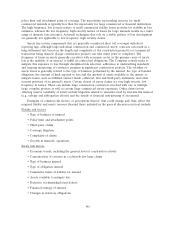 146
146 -
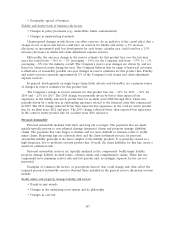 147
147 -
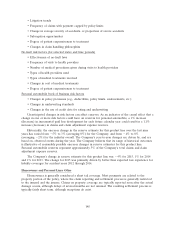 148
148 -
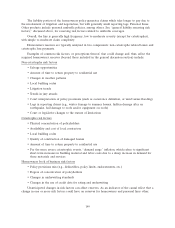 149
149 -
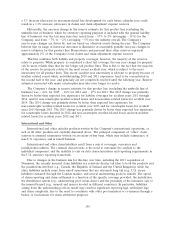 150
150 -
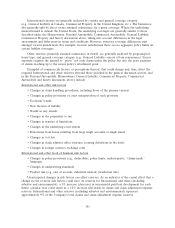 151
151 -
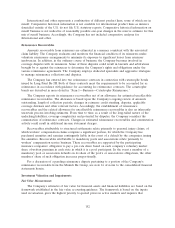 152
152 -
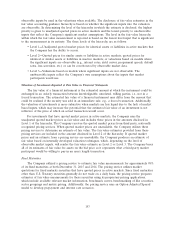 153
153 -
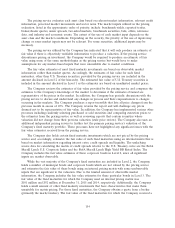 154
154 -
 155
155 -
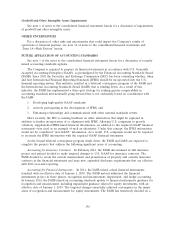 156
156 -
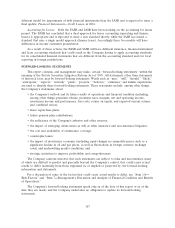 157
157 -
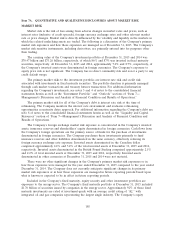 158
158 -
 159
159 -
 160
160 -
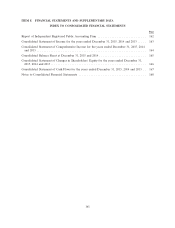 161
161 -
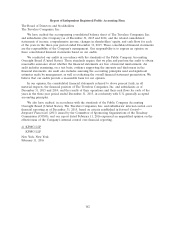 162
162 -
 163
163 -
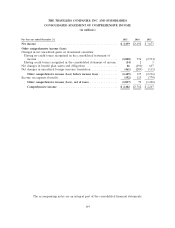 164
164 -
 165
165 -
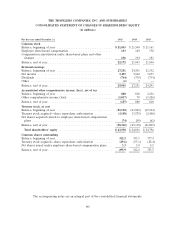 166
166 -
 167
167 -
 168
168 -
 169
169 -
 170
170 -
 171
171 -
 172
172 -
 173
173 -
 174
174 -
 175
175 -
 176
176 -
 177
177 -
 178
178 -
 179
179 -
 180
180 -
 181
181 -
 182
182 -
 183
183 -
 184
184 -
 185
185 -
 186
186 -
 187
187 -
 188
188 -
 189
189 -
 190
190 -
 191
191 -
 192
192 -
 193
193 -
 194
194 -
 195
195 -
 196
196 -
 197
197 -
 198
198 -
 199
199 -
 200
200 -
 201
201 -
 202
202 -
 203
203 -
 204
204 -
 205
205 -
 206
206 -
 207
207 -
 208
208 -
 209
209 -
 210
210 -
 211
211 -
 212
212 -
 213
213 -
 214
214 -
 215
215 -
 216
216 -
 217
217 -
 218
218 -
 219
219 -
 220
220 -
 221
221 -
 222
222 -
 223
223 -
 224
224 -
 225
225 -
 226
226 -
 227
227 -
 228
228 -
 229
229 -
 230
230 -
 231
231 -
 232
232 -
 233
233 -
 234
234 -
 235
235 -
 236
236 -
 237
237 -
 238
238 -
 239
239 -
 240
240 -
 241
241 -
 242
242 -
 243
243 -
 244
244 -
 245
245 -
 246
246 -
 247
247 -
 248
248 -
 249
249 -
 250
250 -
 251
251 -
 252
252 -
 253
253 -
 254
254 -
 255
255 -
 256
256 -
 257
257 -
 258
258 -
 259
259 -
 260
260 -
 261
261 -
 262
262 -
 263
263 -
 264
264 -
 265
265 -
 266
266 -
 267
267 -
 268
268 -
 269
269 -
 270
270 -
 271
271 -
 272
272 -
 273
273 -
 274
274 -
 275
275 -
 276
276 -
 277
277 -
 278
278 -
 279
279 -
 280
280 -
 281
281 -
 282
282 -
 283
283 -
 284
284 -
 285
285 -
 286
286 -
 287
287
 |
 |
Goodwill and Other Intangible Assets Impairments
See note 1 of notes to the consolidated financial statements herein for a discussion of impairments
of goodwill and other intangible assets.
OTHER UNCERTAINTIES
For a discussion of other risks and uncertainties that could impact the Company’s results of
operations or financial position, see note 16 of notes to the consolidated financial statements and
‘‘Item 1A—Risk Factors’’ herein.
FUTURE APPLICATION OF ACCOUNTING STANDARDS
See note 1 of the notes to the consolidated financial statements herein for a discussion of recently
issued accounting standards updates.
The Company is required to prepare its financial statements in accordance with U.S. Generally
Accepted Accounting Principles (GAAP), as promulgated by the Financial Accounting Standards Board
(FASB). Since 2002 the Securities and Exchange Commission (SEC) has been evaluating whether, when
and how International Financial Reporting Standards (IFRS) should be incorporated into the U.S.
financial reporting system. This initiative resulted in a bilateral convergence program of the FASB and
the International Accounting Standards Board (IASB) that is winding down. As a result of this
initiative, the FASB has implemented a three-part strategy for seeking greater comparability in
accounting standards internationally going forward that is not exclusively based on coordination with
the IASB:
1. Developing high-quality GAAP standards;
2. Actively participating in the development of IFRS; and
3. Enhancing relationships and communications with other national standards setters.
More recently, the SEC is seeking feedback on other alternatives that might be explored in
addition to further incorporation of or alignment with IFRS. Allowing U.S. companies to provide
voluntary, supplemental IFRS-based financial information—in addition to the required GAAP financial
statements—was cited as an example of such an alternative. Under this concept, the IFRS information
would not be considered ‘‘non-GAAP’’ information. As a result, U.S. companies would not be required
to reconcile the IFRS information with the required GAAP financial statements.
As the formal bilateral convergence program winds down, the FASB and IASB are expected to
complete the projects that address the following significant areas of accounting:
Accounting for Insurance Contracts: In February 2014, the FASB discontinued its full insurance
project and instead decided to make targeted changes to U.S. GAAP for insurance contracts. The
FASB decided to retain the current measurement and presentation of property and casualty insurance
contracts in the financial statements and issue new, expanded disclosure requirements that are effective
with 2016 year-end reporting.
Accounting for Financial Instruments: In 2014, the IASB issued a final financial instruments
standard with an effective date of January 1, 2018. The FASB instead addressed the financial
instruments project in three phases; recognition and measurement, impairment, and hedge accounting.
In January 2016, the FASB issued an accounting standards update to financial instruments guidance for
recognition and measurement, including impairment guidance related to equity investments, with an
effective date of January 1, 2018. The targeted changes essentially achieved convergence in the major
areas of recognition and measurement for equity investments. The FASB has tentatively decided on a
156
